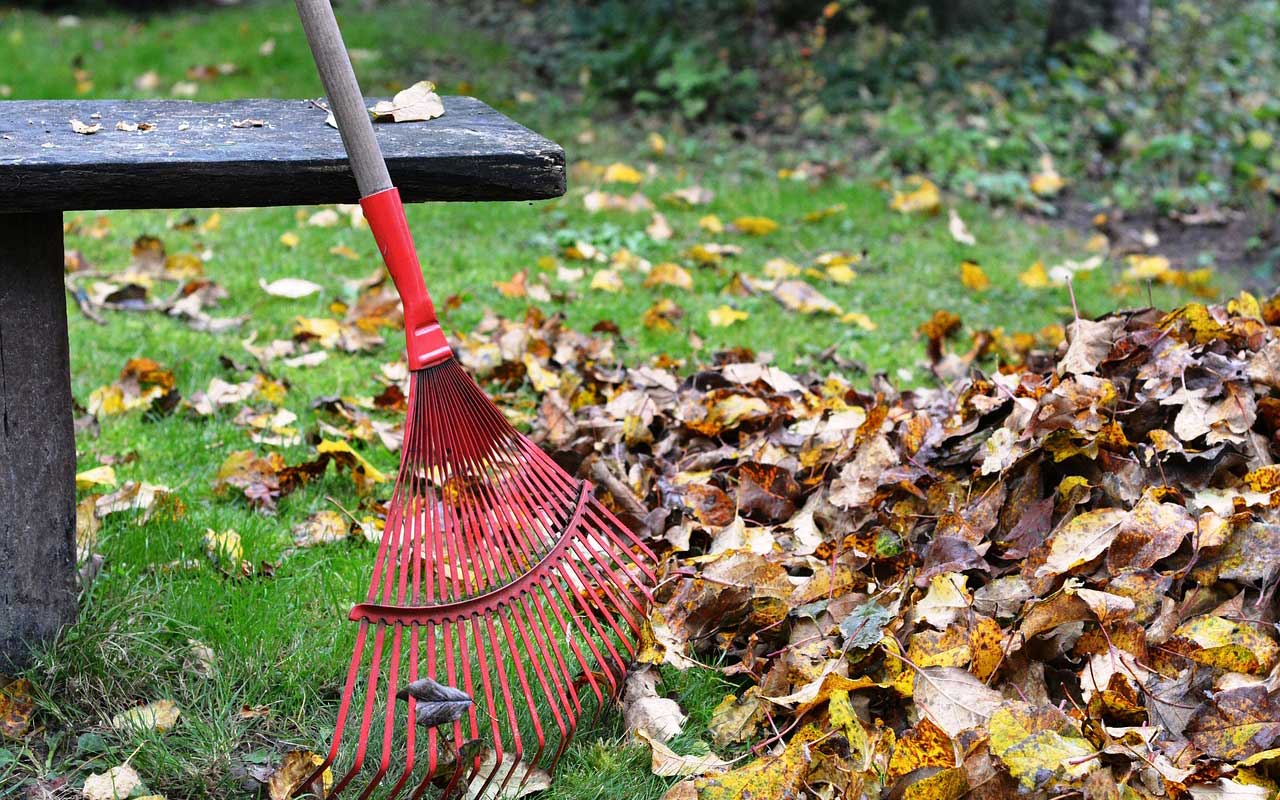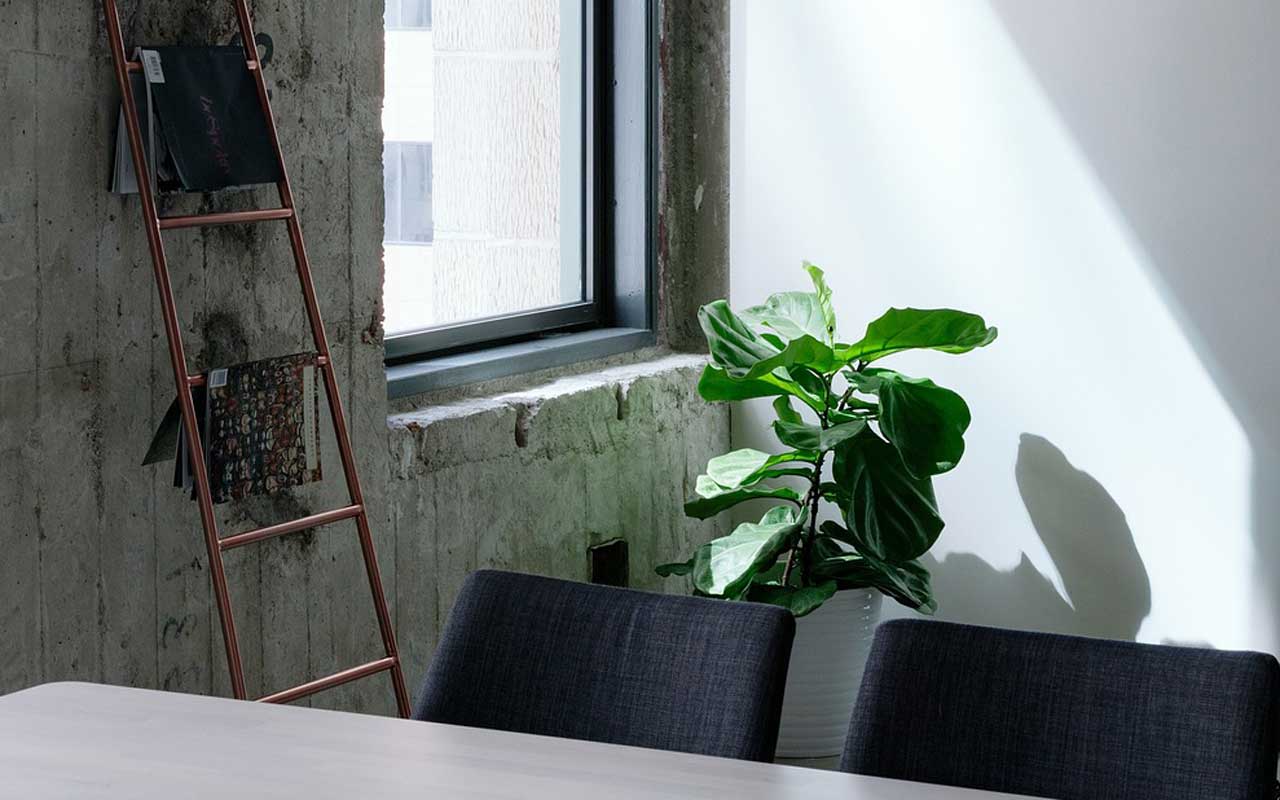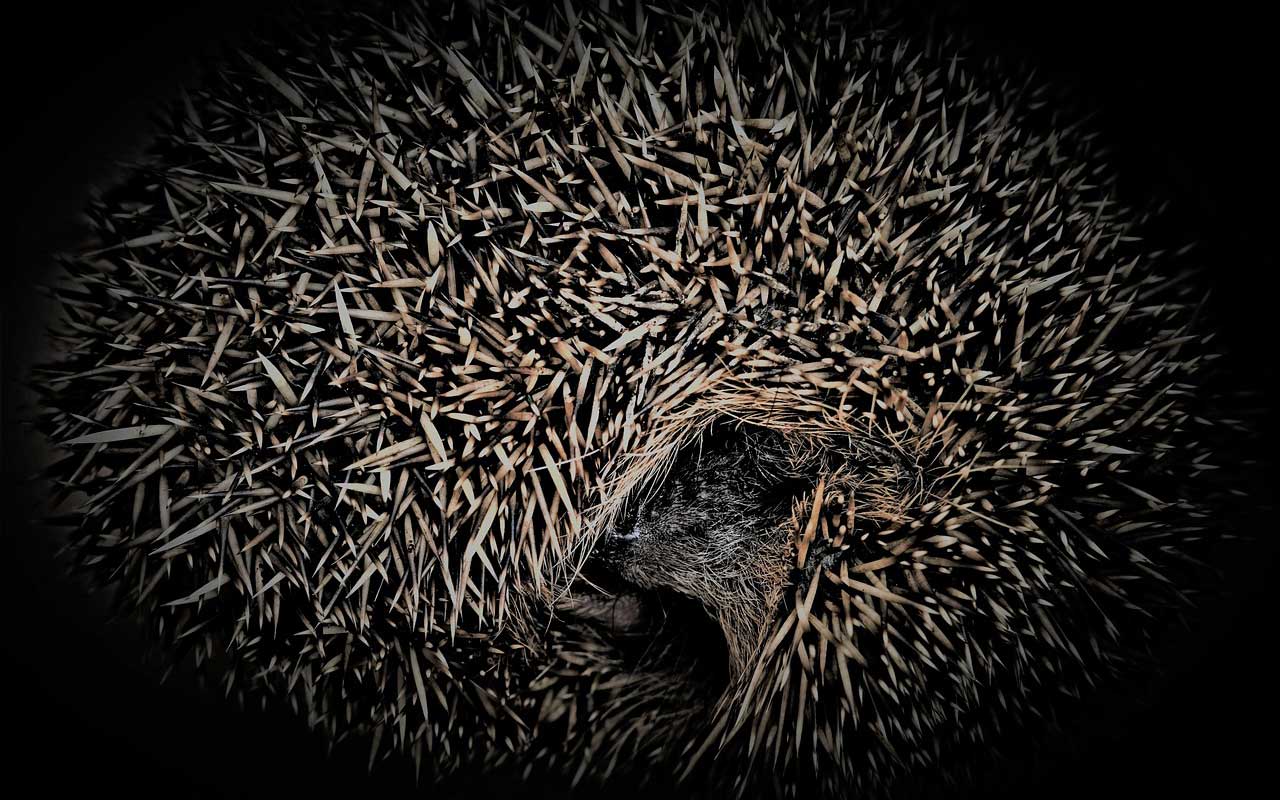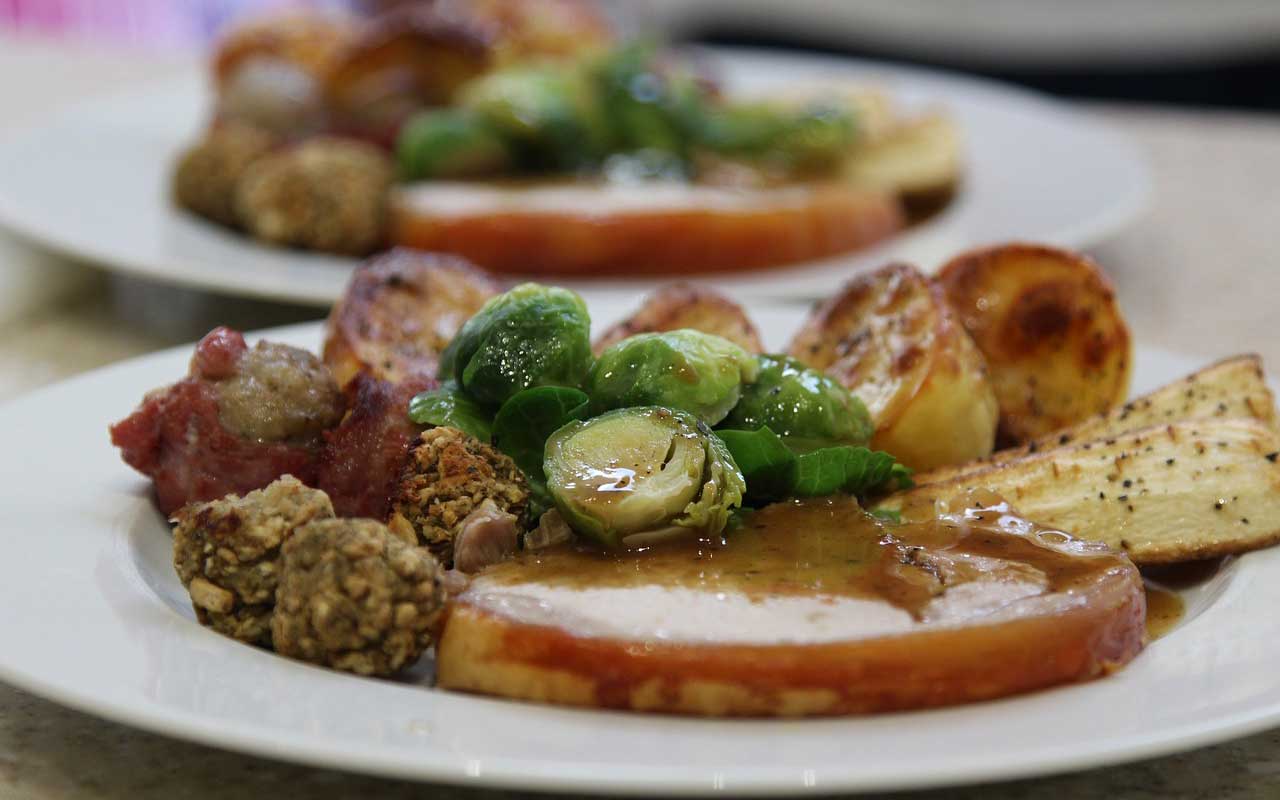Menu
As we fast approach the shortest day (21st December), that desire to stay warm and cosy indoors becomes almost irresistible! However, although there will undoubtedly be some rainy days and frosty ones, there will also be times when it’s bright enough to enjoy pottering in the garden too. After all, in the words of poet Oliver Herford, “We are nearer to Spring than we were in September, I heard a bird sing in the dark of December.”
As most plants are becoming dormant, now is a good time to give many woody-stemmed ones a prune. Climbing roses can have a serious ‘haircut’ now if they need it, to help encourage new growth in the spring. If you have blackcurrants, remove about a quarter of the old stems, taking them right back to ground level. Grapevines, whether outdoors or in a greenhouse, should be cut back: take side-branches back to within one or two buds from the main stem. Most fruit trees will also need pruning now (or at least, by the end of February); read our blog on pruning fruit trees if you need more advice. In general, any overgrown shrubs or hedges can be pruned back now, before the growing season gets underway.
While you are pruning, it’s also a good idea to check any ties and stakes you’re using, to ensure your plants will survive any winter storms we may get.


Collecting fallen leaves can feel a bit like painting the Forth Bridge at this time of year; no sooner than you’ve filled the compost bin than another strong gust of wind comes along and brings more down! As we have talked about before, leaves can block out light to your lawn and become a slip hazard on paths and patios so it’s safer to collect them regularly. Although they can act as a great natural mulch in your borders, they can also harbour slugs and other pests so it could be better to turn them into leaf mould before using them as a mulch. Finally, if you have a pond, leaves decomposing in it will become a danger to fish and other wildlife so best to scoop them out. Leave the leaves and any other gunge on the side of the pond for a couple of days, to enable any pondlife that has been scooped up to escape back into the water, then pop it on the compost.
If you do have a pond and fish, you might be interested in this article from ‘Pond Informer’ on how to keep leaves at bay.
Your houseplants and anything over-wintering in the greenhouse should generally take care of itself so it’s mostly just a question of checking up on them from time to time. For example, if you’ve got pelargoniums and geraniums resting in the greenhouse, deadhead any faded leaves and flowers from time to time. Any plants in the greenhouse should need less water now and keeping them on the dry side will help reduce the chances of pests and disease. It’s also worth investing in a good max-min thermometer for your greenhouse (whether it’s heated or not) to help ensure your plants don’t freeze.
In the house, you might want to move plants to sunny windowsills over the winter, to give them as much daylight as possible. Think about how close your plants are to radiators. Although species that we grow as houseplants in the UK naturally do better in warmer conditions, the hot and dry atmosphere close to radiators (or other heat sources) actually doesn’t suit very many of them. And if you have cyclamen indoors, remember to water them from underneath and deadhead them regularly to keep them flowering.


Don’t forget to keep your bird feeders topped up over the winter and cleaned regularly to avoid diseases. Those cheerful garden visitors seem much more visible when there is less foliage around and it’s lovely to see them. You might want to think about hanging feeders near your roses to encourage the birds to feast on any pests lingering on them! And remember to keep water bowls topped up. Even a light frost can be enough for shallow bowls to freeze, denying the birds a drink, so check regularly.
Hopefully any hedgehogs who visit you will be hibernating by now but, if we have a mild spell, they may wake up early. It’s only if they don’t go back to sleep when it turns cold again that you need to worry about them. The British Hedgehog Preservation Society have advice and a helpline here if you’re worried.
Hedgehogs are the gardener’s friend and are now classed as vulnerable so please keep an eye on any near you.
If you’re growing your own vegetables ready for Christmas lunch, keep an eye on them now to make sure they are in tip top condition. Brassicas like cabbage, cauliflower and broccoli can be prone to grey mould or downy mildew so keep them well ventilated and pick off any dead leaves. If you’re growing Brussels sprouts, you might want to tie the stems to a strong cane for support if it’s windy or the sprouts are getting big enough to make the plant top heavy.
If you’ve been organised and bought your Christmas tree already (we have them in stock at Titchfield now!), stand it in a bucket of water in a cool but sheltered spot outside until you’re ready to bring in it.

Hambrooks wish you a very happy festive season and leave you with this vegetable-related Christmas cracker joke:
Why was the snowman looking through the carrots?
He was picking his nose!
Further reading for chilly December evenings:
What to plant in December
Christmas Gift ideas for gardeners
Christmas Gift ideas for non-gardeners
Ideas for secret Santa or stocking filler gifts
Our top houseplant choices
Gardening for wildlife
Caring for your Christmas tree
Be inspired by one garden that Hambrooks built and maintain
Hambrooks garden design, landscaping & garden maintenance throughout Hampshire for over 50 years.

